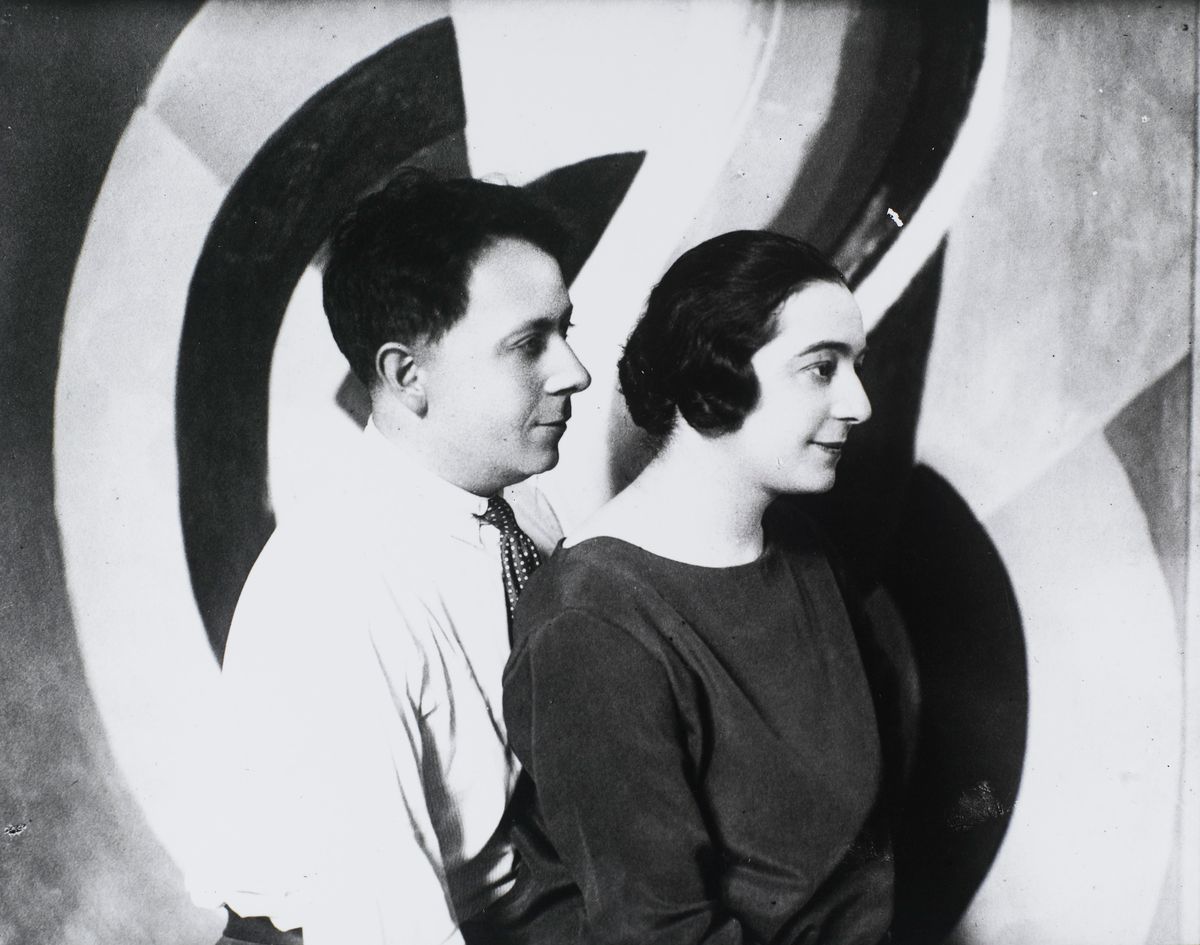

In France, a couple, Sonia and Robert Delaunay, were the first artists to start practising abstract art. These two people were united in their love of art, as a poet friend of theirs said.
They also drew inspiration from Cubism, but also from colour theories, which had become very important since the Impressionist period.
According to Chevreul, who was a chemist, some (secondary) colours are more intense when they are next to each other.
This was known as the theory of simultaneous contrast, which Sonia and Robert applied to their works, whose colours were explosive.

In France, abstraction was beginning to appear in the works of Sonia and Robert Delaunay.
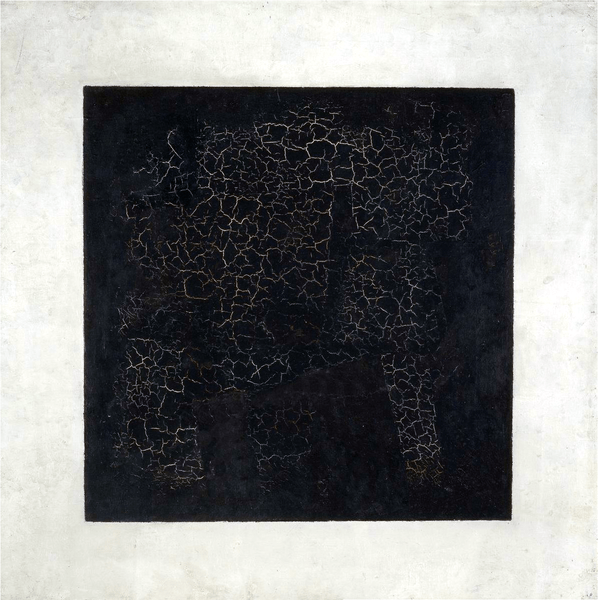
However, the most famous Russian abstract artist was a painter. Kasimir Malevich was close to Constructivists and responsible for one of the most spectacular aspects of the birth of abstract art.
In 1915, he exhibited a work of art to which he gave the title Quadrangle, but which was soon to be known as Carré noir sur fond blanc (Black Square). Clearly, many people thought that such a simple painting “was not art”.
Many artists throughout the 20th century would follow Malevich’s example of this type of geometrical abstraction. Like that of Malevich, their art was a statement that their status as artists gave them the power to choose what was art and what was not.

With his Carré noir sur fond blanc, Malevich inaugurated the most radical form of geometrical abstraction.
Abstraction did not stop at the flat surface of paintings. The Constructivists, who were Russian artists, created three-dimensional works from 1917 onwards.
Inspired by Cubism and Futurism, they associated simple geometrical shapes to create structures looking like skeleton frames used for construction purposes.
The result looked like industrial buildings, which was deliberate. In 1917, the Russian Revolution took place. Communists took over, determined to give power to the workers, the people who kept the factories going. This tower by Vladimir Tatlin was supposed to become the international communist headquarters.
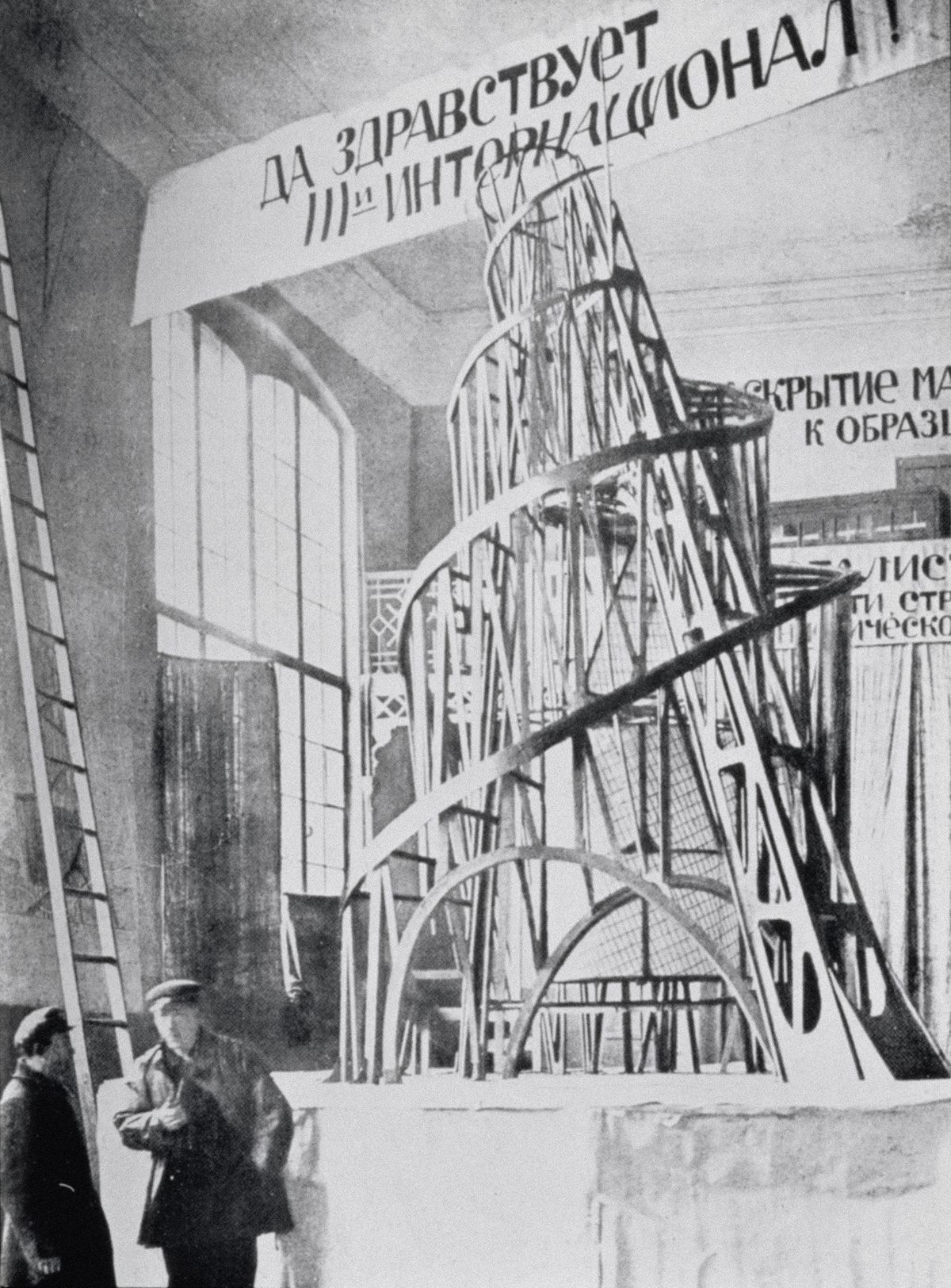

After the Russian Revolution of 1917, Constructivists invented an abstract, volumetric art that matched communist ideals.
Kandinsky was not the only artist to launch out into the adventure of abstraction. During the same period, several artists undertook the same research to detach art from reality. Kandinsky, however, still stands out because of the way he did it: he expressed his emotions directly in his paintings by using very free shapes.
The other artists based their work on research by Braque and Picasso for Cubism and took them further, reaching abstraction. This was particularly true of Mondrian, the Dutch painter.
Art historians later drew a distinction between these two forms of abstraction: Lyrical Abstraction and Geometrical Abstraction.

Abstraction appeared at the same time in the work of several artists.
It’s art that doesn’t portray the world as we see it with our eyes (the tangible world). An abstract work therefore bears no relation to reality.
At the beginning of the 20th century, this was a revolution, since, before this time, art was figurative, meaning that it portrayed objects, people or landscapes that could have been observed in reality.
And we must say that, although some Cubist paintings are difficult to understand, they are not abstract art, because their subject is still related to the real world.

Cubism is an attempt to show the truth about its subjects, which means showing all aspects.
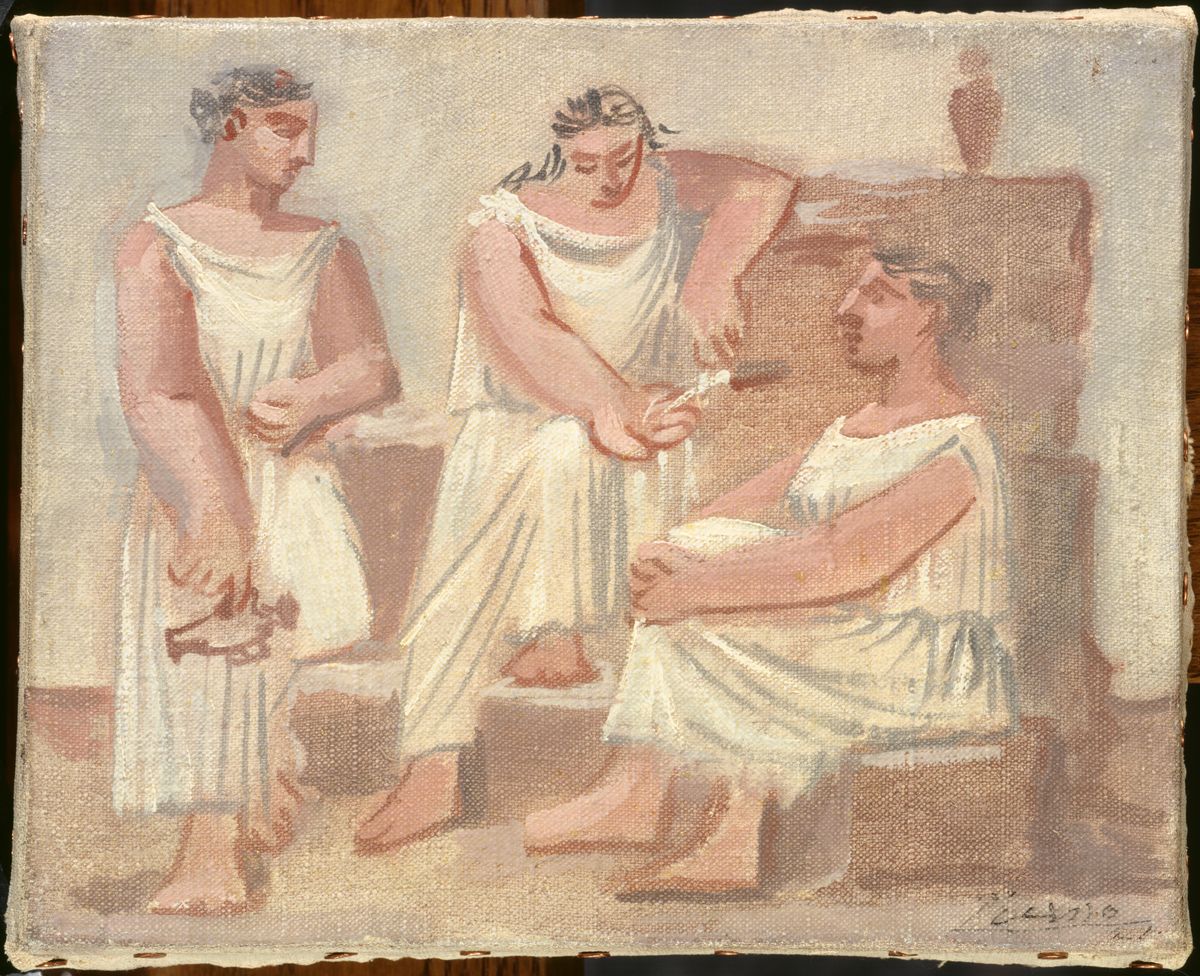
…and artists were not spared this. They asked questions about the society they lived in: how could it have allowed such a catastrophe to happen?
As such, some representatives of the avant-garde movement thought that it was time to let go of the “excessiveness” of modern art and turn towards the art of the past, which they reinterpreted.

After two decades of artistic research, 20th century art turned for a time towards the past, trying to find new inspiration there.
Other artists would soon follow in the footsteps of Braque and Picasso. Some, like Mondrian, Malevich or the Delaunays (they are all discussed in the next chapter) invented new art movements out of Cubism.
This also happened in Italy, with a group of artists who wished to be known as Futurists. They adhered to the main principals of Cubist codes (geometrical shapes, multiple points of view …) but found that this was not dynamic enough. What they wanted to do was to portray movement and speed!
Look at Dynamisme d’un chien en laisse (Dynamism of a Dog on a Leash): all the stages of movement are portrayed in the same picture!
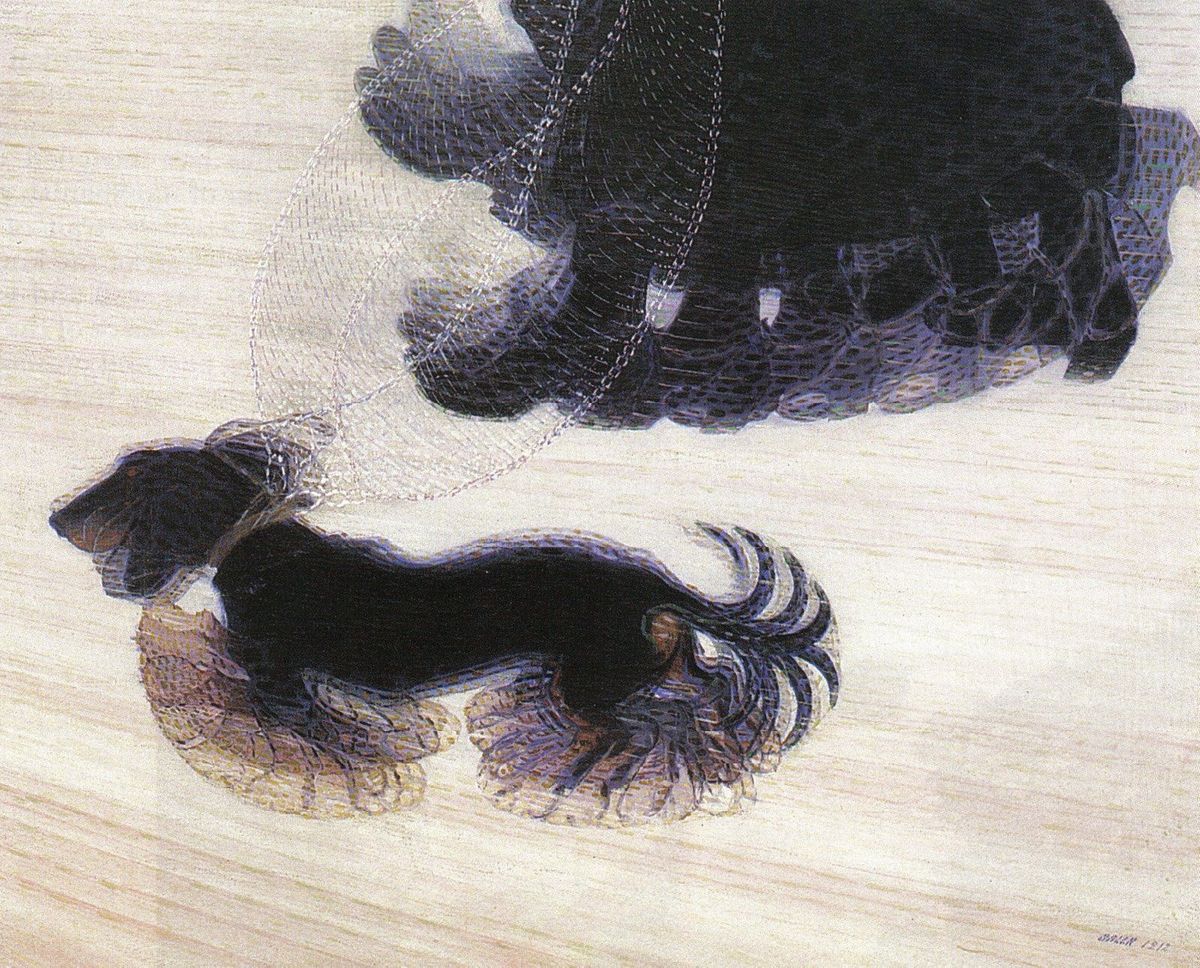

Cubism inspired and motivated Futurists to represent movement in their painting.
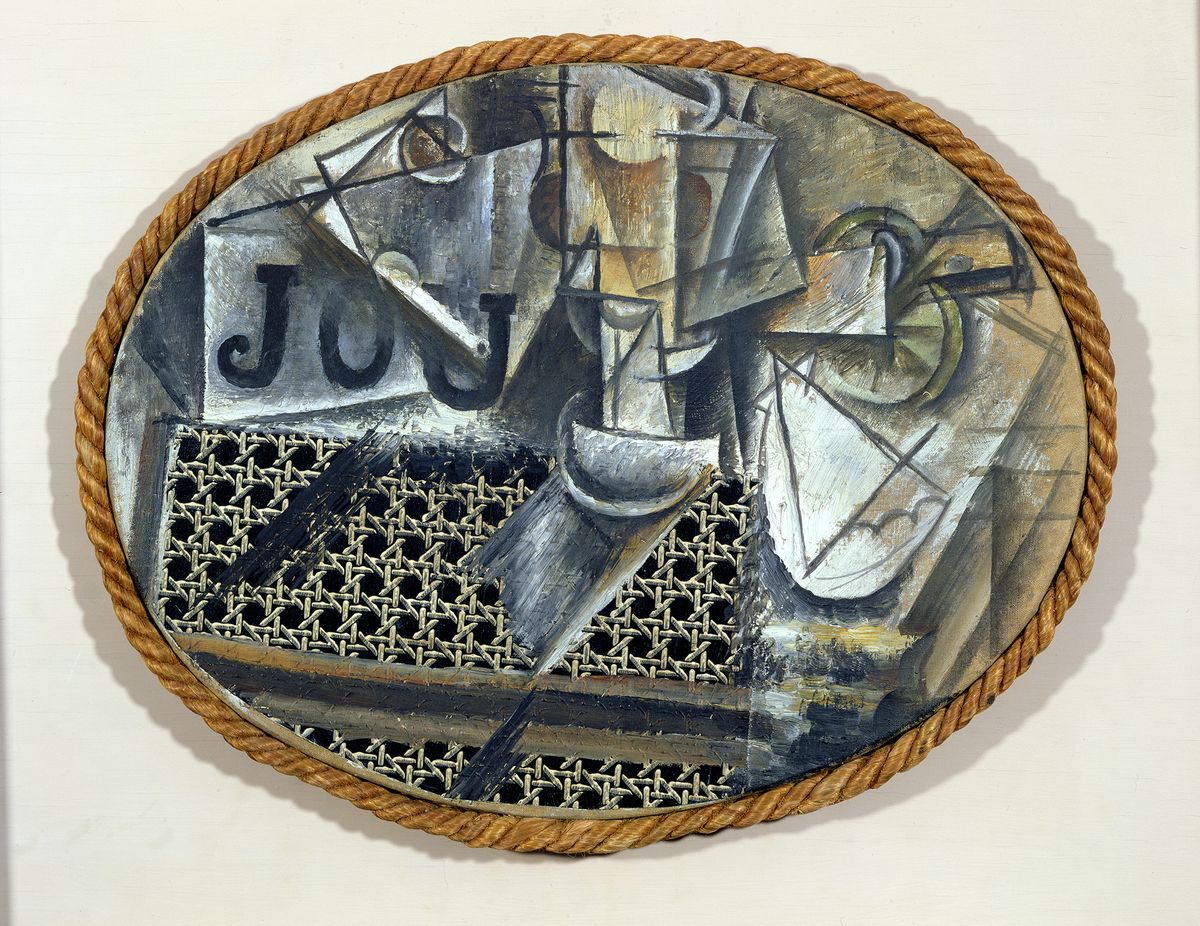
In 1912, Picasso painted Nature morte à la chaise cannée (Still Life with Chair Caning). He got a piece of waxed canvas which had a printed surface that looked like the top of a chair and stuck it directly onto the canvas.
This was the first collage work of modern art – never seen before! In addition, the shape of the painting is like a chair seat and the painting and the object merge together.
After that, Cubists would stick numerous materials on their works: sand, newspapers, cardboard boxes, wood and even … rubbish!
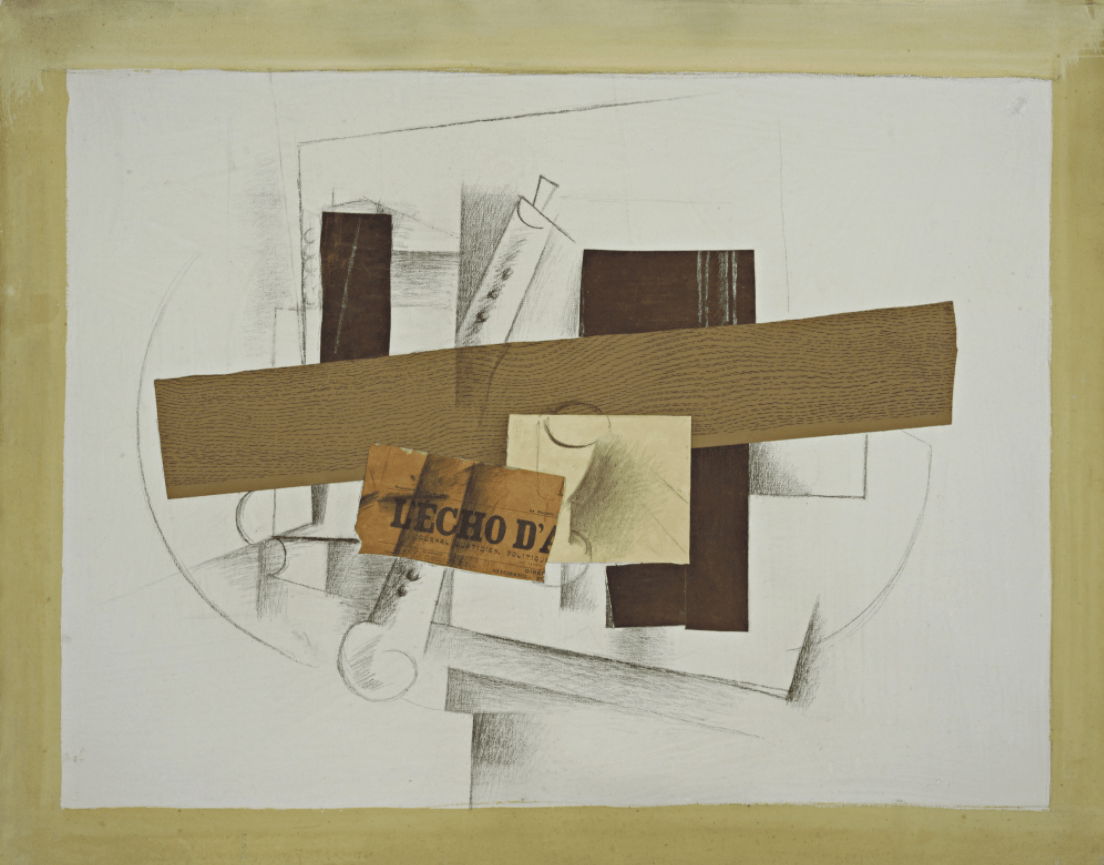

During the 1910s, Picasso innovated with collages and other Cubist artists quickly followed his example.
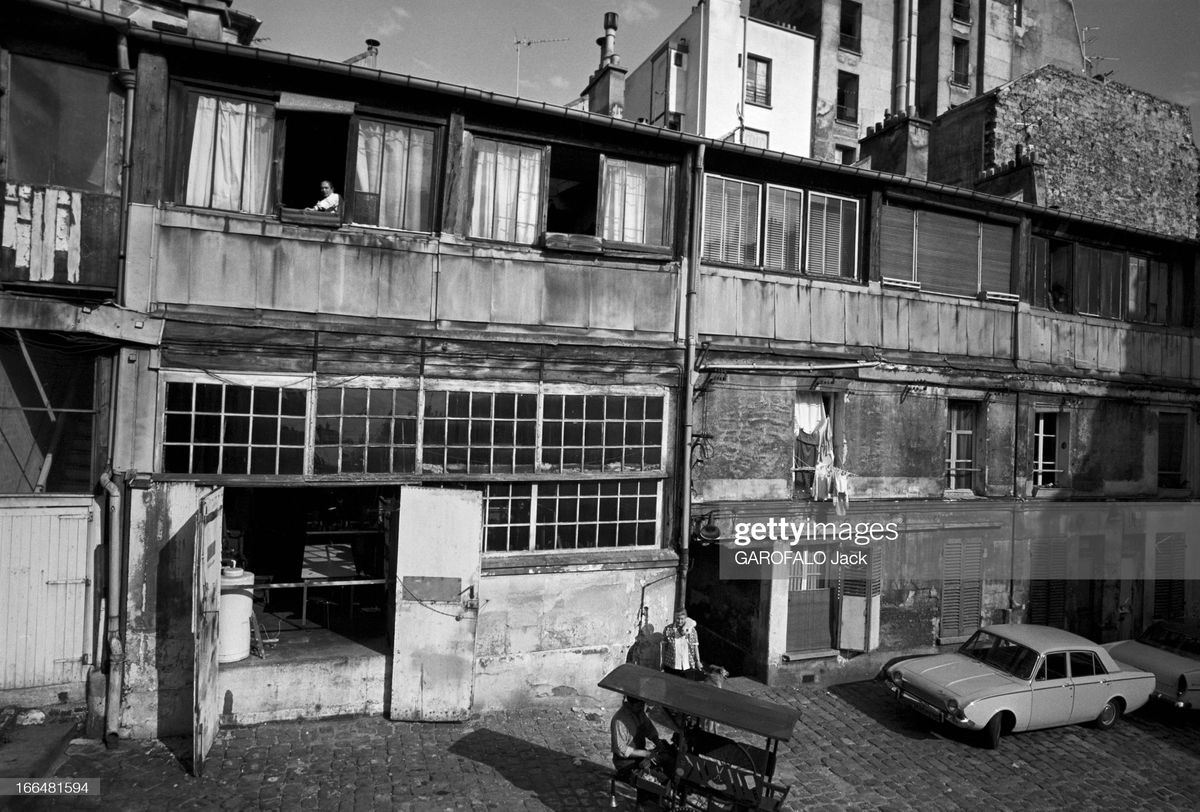
The studio where Picasso painted Les Demoiselles d’Avignon, beginning in 1906, is in the Bateau-Lavoir, a funny-looking building on Montmartre Hill in Paris.
The artist did not work alone there. The sculptor Brancusi, the painter Modigliani and the poet Max Jacob also led a bohemian lifestyle there.
It was Max Jacob who, with some irony, gave this site the name Bateau-Lavoir:

Picasso lived in the Bateau-Lavoir; a shared artists’ residence in Montmartre.

"*" indicates required fields